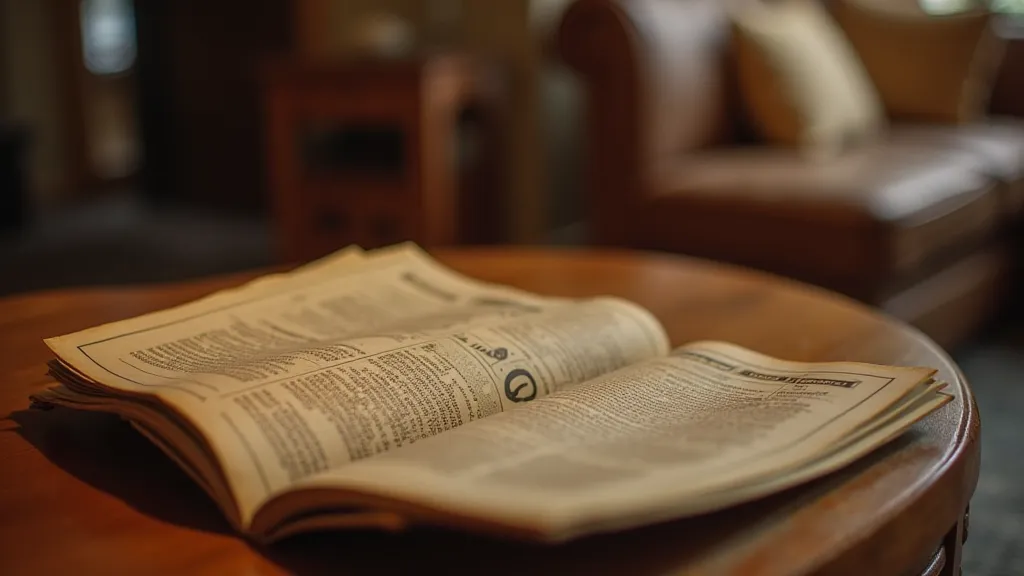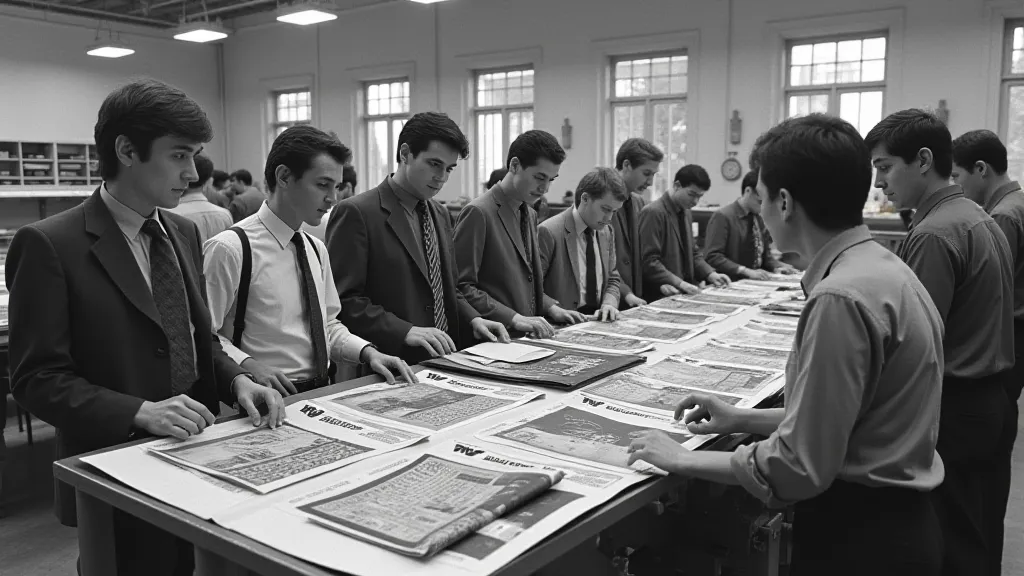Beyond the Schedules: Unveiling the Untold Stories of the People Behind the TV Guide
For collectors of vintage TV Guides, it’s more than just a schedule. It’s a portal – a tangible link to a bygone era of American culture. We pore over the listings, reminiscing about shows we loved or discovering forgotten gems. But what about the people behind the schedules? The editors, the writers, the artists whose tireless efforts brought those glossy pages to our living rooms? Their stories are often overlooked, yet they're as integral to the TV Guide's legacy as the programs it chronicled.
Imagine a time before streaming, before on-demand entertainment. Television was a shared experience, a communal ritual. And the TV Guide was the trusted companion, the roadmap to that experience. Its influence wasn’t limited to simply telling us what was on. It shaped our perceptions of television, influenced our tastes, and reflected the changing face of America itself. And the team at TV Guide – a surprisingly small, intensely creative group – were the architects of this cultural force.

The Masterminds of Mass Appeal
The magazine’s early years, from its launch in 1953, were defined by a relentless pursuit of mass appeal. Founders Walter Annenberg and Edwin Butterworth understood that television was rapidly transforming American life, and they aimed to create a publication that would be indispensable to viewers. The initial staff was lean—a few dozen individuals responsible for everything from editing and writing to artwork and distribution. They faced the challenge of covering a rapidly expanding medium, with new shows and personalities emerging constantly.
Early editors like Theodore G. Bernard were instrumental in establishing the magazine's distinctive voice – informative, witty, and accessible to a broad audience. They sought to balance comprehensive listings with insightful profiles of actors and behind-the-scenes commentary. It was a demanding job, requiring a keen eye for detail, a knack for writing engaging copy, and the ability to navigate the often-turbulent world of Hollywood.
The Writers: More Than Just Listing Recorders
Far too often, the contributions of the writers are glossed over. These weren’s just robots dutifully transcribing schedules. They were storytellers, crafting entertaining and informative pieces that brought television personalities to life. Many were former journalists, drawn to the excitement and potential of this new medium. They developed close relationships with actors and producers, gaining unique insights into the creative process.
Think about the “Inside Television” column, a staple of the magazine. It wasn't just about industry gossip; it was about understanding the mechanics of show business, the challenges of production, and the personalities that drove it all. These writers were, in essence, chroniclers of a cultural revolution.
The Artists: Crafting the Visual Identity
The visual presentation of TV Guide was crucial to its success. The early covers, often featuring striking portraits of popular stars, were instantly recognizable and highly coveted. The artwork was meticulous, a testament to the skill of the illustrators and designers who worked tirelessly to create a product that was both informative and visually appealing.
Consider the evolution of the cover design over the decades. From the bold, saturated colors of the 1950s to the more subdued palette of the 1970s, each era reflected changing artistic trends and societal tastes. The typography, too, played a vital role in establishing the magazine’s identity, evolving from a classic, slightly formal style to a more modern and approachable look.

The Changing Landscape: From Glossy Perfection to Digital Disruption
The magazine’s history isn’t without its challenges. The rise of cable television and, later, streaming services, fundamentally altered the television landscape. TV Guide, once an indispensable resource, faced a decline in readership and relevance. The transition to digital formats was difficult, and the magazine struggled to maintain its position in an increasingly fragmented media environment.
Despite these challenges, the legacy of TV Guide remains profound. It shaped a generation's understanding of television, fostered a sense of community among viewers, and provided a platform for countless actors, writers, and artists. The magazine’s impact extended far beyond the simple listing of television programs.
Collecting and Preservation: A Connection to the Past
For collectors, vintage TV Guides represent more than just a nostalgic artifact. They are tangible links to a specific moment in time, offering a window into the cultural values, fashion trends, and technological advancements of the mid-20th century. The condition of a TV Guide is, of course, a key factor in its value, but for many collectors, the stories contained within those pages are far more important than its pristine condition.
Restoration can be tricky. Excessive cleaning can damage the paper and diminish its value. Gentle handling, proper storage in acid-free sleeves, and careful attention to environmental conditions are essential for preserving these fragile treasures. Learning about the printing process, the paper stock used, and the different regional editions can enhance your appreciation and understanding of these remarkable publications. It’s akin to appreciating an antique accordion – the beauty lies not just in its appearance, but in the craftsmanship and history it embodies.

A Lasting Legacy
The story of TV Guide is, in many ways, the story of American television itself. It’s a story of innovation, creativity, and the enduring power of storytelling. By remembering and appreciating the individuals who brought this iconic publication to life, we can gain a deeper understanding of the medium that has shaped our culture for generations. Perhaps it’s time to look beyond the schedules and recognize the human stories that lie within those cherished vintage TV Guides.





